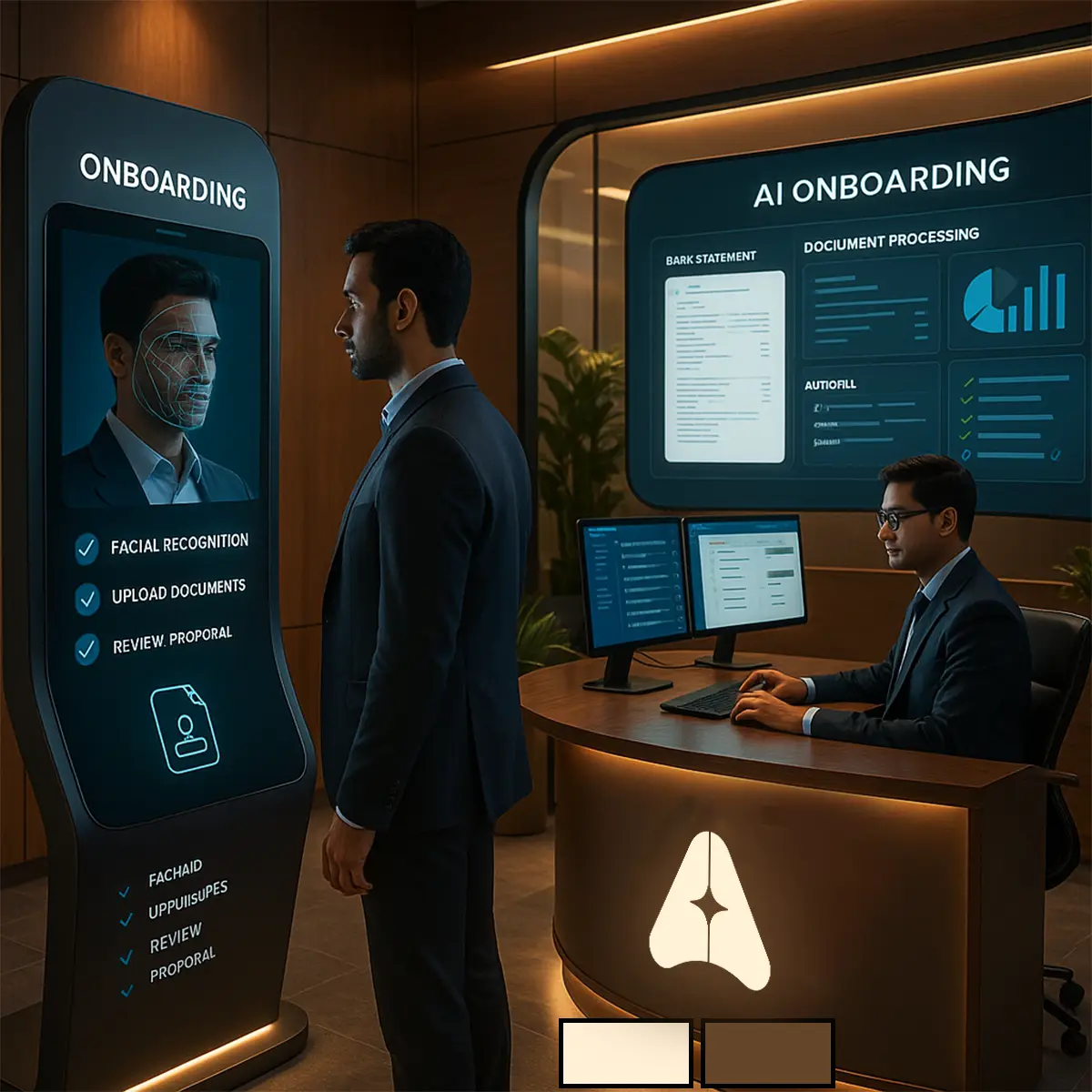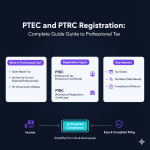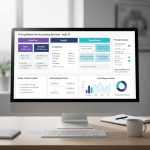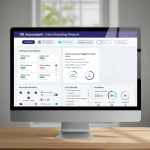Key takeaways
- Client onboarding automation streamlines new client intake, reduces manual errors, and enforces compliance.
- Traditional processes in Indian CA firms face bottlenecks in KYC collection, proposal preparation, and engagement letter management.
- Automated workflows centralize data, create audit ready trails, and offer consistent welcome communications.
- AI tools like AI Accountant enhance KYC verification, bank statement analysis, and proposal generation.
- Seamless integrations with practice management and accounting systems prevent data silos and improve time to value.
- Implementing onboarding automation positions firms for growth, higher client satisfaction, and operational efficiency.
Table of contents
The Pain Points of Traditional Client Onboarding
Before diving into solutions, let’s acknowledge the elephant in the room. Traditional onboarding processes in Indian CA firms are riddled with challenges that seem to multiply as your practice grows.
Manual KYC Collection Becomes a Bottleneck
Every new client means another round of document collection. You’re asking for PAN cards, Aadhaar copies, cancelled cheques, GST certificates, and business registration documents. Then comes the manual verification process, checking details, ensuring documents are valid, and organizing everything into your filing system. This manual KYC collection and verification slows down the process for both firms and clients, causing frustration on both ends. Clients get impatient waiting for approvals, while your team spends valuable time on repetitive data entry instead of high value advisory work. Learn more in the invoice OCR India guide.
Proposal Preparation Takes Forever
When a potential client inquires about your services, how long does it take you to send them a professional proposal? If you’re like most CA firms, you’re probably copying and pasting from previous proposals, manually updating client names, services, and pricing. This process is often time consuming, involving repetitive formatting and customization that could be automated. Check out our thoughts on choosing practice management software CA for more insights.
Welcome Communications Lack Consistency
Some clients get a detailed welcome email with next steps, others receive a phone call, a few might get both, while some unfortunate souls fall through the cracks entirely. This lack of standardization in welcome communications causes inconsistency in client experience, which can damage your firm’s professional image from day one.
Engagement Letters Live in Email Chaos
Engagement letters are typically signed offline or via email attachments, not ideal for compliance or tracking. You’re probably familiar with the back and forth: “Did you receive the engagement letter?” “Can you resend it?” “I signed it but my scanner isn’t working.” This process is neither efficient nor professional. See how AI Accountant case studies highlight digital alternatives.
Clients Feel Lost in the Process
Without a clear, structured onboarding workflow, clients are frequently left confused about what’s expected of them, when they’ll hear back from you, and what the next steps are. This confusion can lead to anxiety and second guessing.
Not exactly the confident start you want for a long term professional relationship. Discover strategies in the guide to a better experience onboarding new tax accounting clients.
Understanding Client Onboarding Automation
Client onboarding automation refers to using technology to automate and standardize every step of bringing new clients into your practice. This includes everything from initial proposals and KYC checks to engagement letters and welcome communications. Think of it as creating a smooth, digital highway for your clients instead of the current bumpy, manual path they navigate today.
The Core Components of Automated Onboarding
- Digital Forms and E Signatures: Seamlessly collect and sign documents online.
- Automated KYC Checks: Instant verification against government databases.
- Proposal Templates: Populate client details dynamically and dispatch instantly.
- Workflow Management: Track status, send reminders, and escalate delays automatically.
- Integration Capabilities: Connections to your existing practice management software, accounting systems, and compliance tools. Learn more about AI accounting software Indian CAs.
The beauty of this approach is that it doesn’t replace the personal touch that makes your firm special, it simply handles the routine, repetitive tasks so you can focus on building relationships and providing valuable advice. Read about client onboarding software for accountants and customer onboarding solutions.
KYC Automation in India: Meeting Compliance Requirements Efficiently
KYC automation leverages OCR, AI, and direct API checks to validate documents and highlight potential discrepancies in real time. Every step is logged and documented, creating an audit trail that demonstrates compliance with KYC requirements. Explore the audit trail compliance tool guide for more details.
The result is faster client verification, more accurate profiling, and audit ready data storage. What used to take your team hours now happens in minutes, with higher accuracy and better compliance documentation.
The Role of AI Accountant in Streamlining Client Intake
AI Accountant integrates seamlessly into your onboarding workflow, using machine learning to read, validate, and extract data from client documents. This reduces errors and accelerates the entire intake process.
- Bank Statement Analysis: During the KYC process, when clients submit bank statements, AI Accountant can immediately process these to provide initial financial insights, demonstrating your firm’s technological capabilities. Reference the bank statement OCR tool guide.
- Smart Follow Ups: Automated reminders nudge clients to complete pending tasks, improving completion rates and reducing manual outreach.
- Client Experience Metrics: Track engagement, time to completion, and satisfaction scores natively within the tool.
- Time to Value: Measure how quickly new clients start receiving insights. Integration with tools like AI Accountant can dramatically improve this metric. See our comparison: AI Accountant vs human accountant.
Conclusion: Transforming Your Practice with Automation
Your clients deserve a smooth, professional onboarding experience. Your team deserves to spend time on meaningful work rather than administrative drudgery. And your practice deserves the competitive advantage that comes from operating efficiently in an increasingly demanding marketplace. The technology to transform your client onboarding process is available today. The question isn’t whether you can afford to implement it, it’s whether you can afford not to.
FAQ
How can an AI based tool like AI Accountant help me reduce onboarding errors?
An AI driven solution such as AI Accountant automates data capture through OCR, cross checks information against government databases in real time, and flags inconsistencies before they become issues. This reduces manual entry mistakes, speeds up verification, and ensures your client records are accurate and audit ready.
What are the compliance benefits of automating client onboarding in a CA firm?
Automated workflows create digital audit trails, timestamp every action, and store documents securely in a central repository. This ensures you meet KYC, anti money laundering, and other regulatory requirements while simplifying audits and reducing the risk of non compliance.
Can I integrate client onboarding automation with my existing practice management software?
Yes, modern onboarding platforms offer APIs and built in connectors to popular practice management and accounting systems. This eliminates data silos, ensures information flows seamlessly between tools, and reduces duplicate entry across platforms.
Will clients find a digital onboarding process more or less daunting than traditional methods?
Most clients appreciate the convenience of digital forms, e signatures, and automated status updates. It removes uncertainty about next steps, reduces manual uploads, and provides clear progress indicators. Emphasizing user experience in your setup can further enhance satisfaction.
How long does it typically take to implement client onboarding automation?
Implementation timelines vary based on scope, but a basic setup for data intake, KYC checks, and e signatures can be completed within a few weeks. Custom integrations and workflow customizations may extend this to a couple of months depending on complexity.
What cost savings can I expect from onboarding automation?
Firms report time savings of 50 to 70 percent on manual tasks, reduced postage and printing expenses, and fewer compliance fines. When you factor in improved client retention, the ROI can become significant within the first year of deployment.
How does AI Accountant ensure data security during onboarding?
AI Accountant uses end to end encryption, secure data centers, and role based access controls to protect sensitive client information. All actions are logged, and you can configure data retention policies to meet local regulations.
Can I still personalize client communications within an automated workflow?
Absolutely. Automation platforms allow templated messages with dynamic variables. You can include personalized greetings, tailor next step instructions based on client type, and trigger custom messages for unique scenarios.
Is there a learning curve for my team when adopting client onboarding automation?
Like any new software, there is an initial learning phase. However, most platforms offer intuitive interfaces, role based permissions, and guided training. Teams typically become proficient within a few weeks. AI Accountant also provides in app guidance and support resources.
How do I measure the success of my new onboarding process?
Key metrics include time to complete onboarding, client satisfaction scores, error rates, and staff time saved. By benchmarking these metrics before and after implementation, you can quantify improvements and make data driven adjustments.




